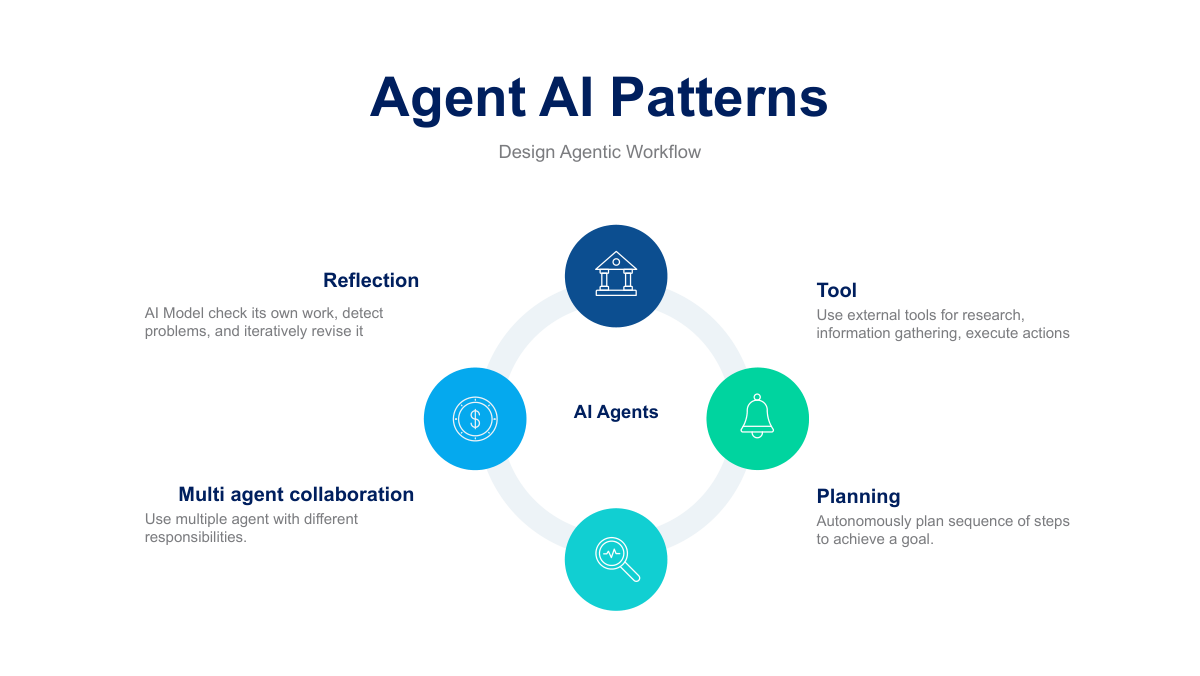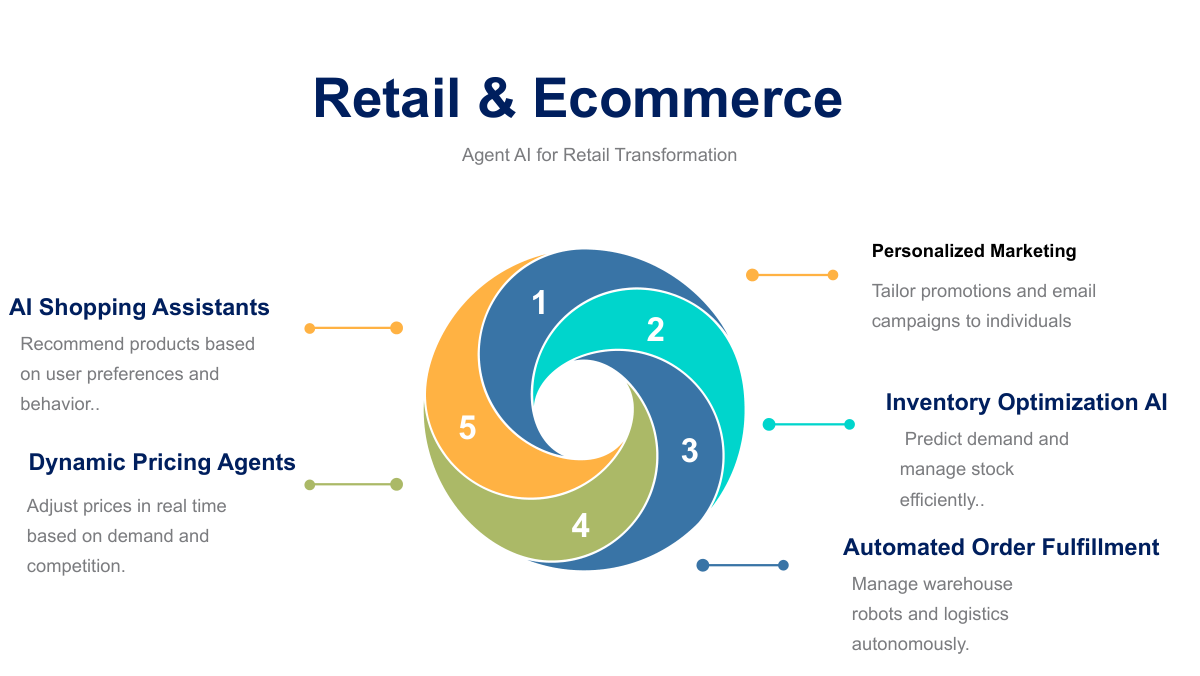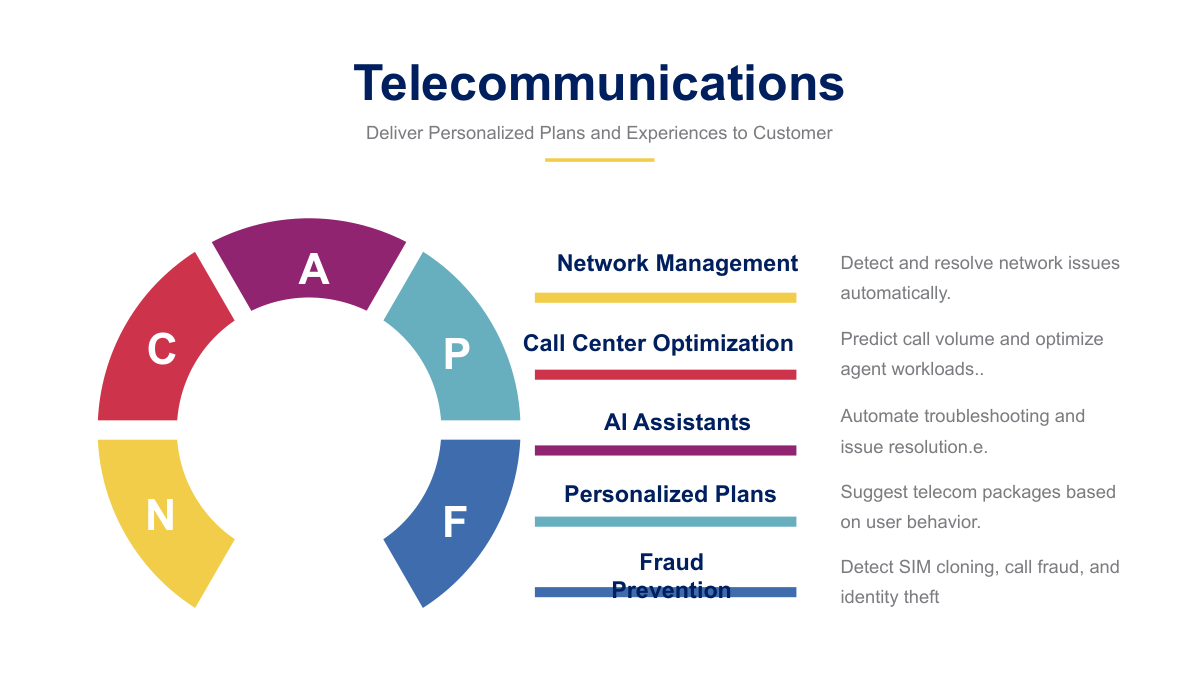Agent AI In-Depth Tutorial | Slides
Tutorial on Agent AI With Slides |
|
Agent AI refers to systems that operate autonomously or semi-autonomously to complete tasks based on user inputs or goals, often leveraging artificial intelligence (AI) techniques such as machine learning (ML), natural language processing (NLP), computer vision, and other decision-making algorithms. These agents can range from simple rule-based systems to complex AI models capable of learning and adapting to new environments or data. Key Features of Agent AI:
Types of AI Agents:
Applications of Agent AI:
Agent AI continues to grow, integrating advanced machine learning models, more sophisticated reasoning capabilities, and adaptive behaviors that make them suitable for complex, dynamic environments. Benefits of Using Agent AI
Challenges of Using Agent AI
In summary, while AI agents provide numerous advantages such as automation, personalization, and scalability, they also come with significant challenges, including data privacy, security risks, bias, and the need for substantial resources. Addressing these challenges is crucial for the responsible and effective deployment of AI agents across industries. |
1-intro-agent-to-agent 1-overview-ai-agent 10-transform-education 11-build-ai-agent-with-datakn 13-prompt-engineering-ai-agent 15-integrate-ai-agent-with-wo 16-version-control-for-ai-age 17-how-generative-ai-enhances 18-exploring-the-ethical-impl 19-sustainability-in-ai-agent























